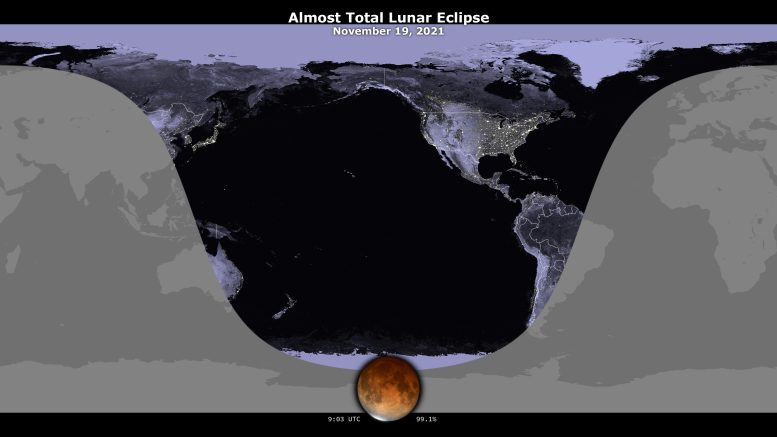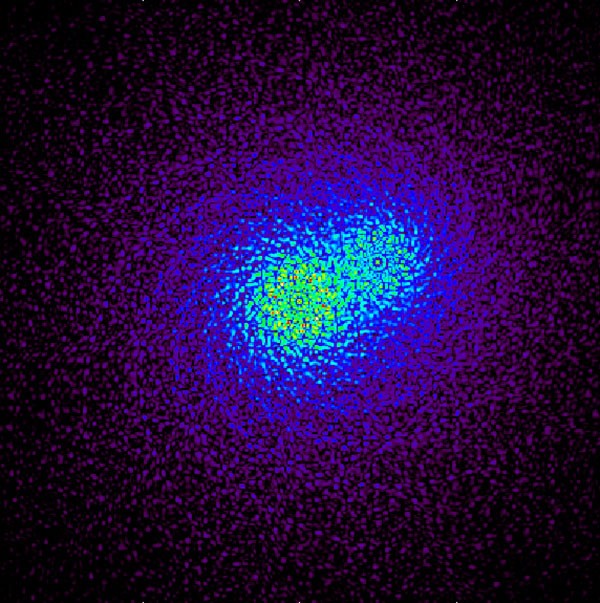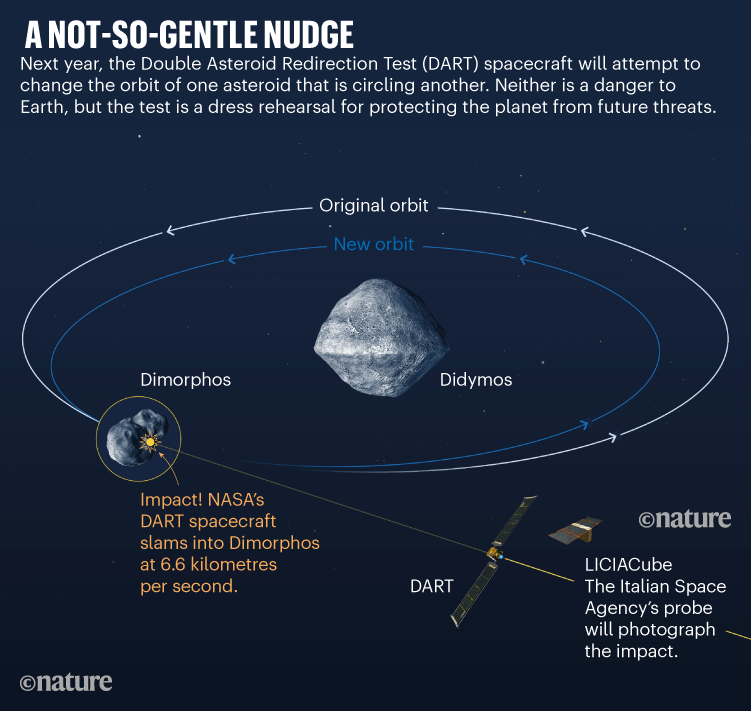SpinLaunch Inc. launched its first rocket in October from Spaceport America in southern New Mexico with a newly built mass accelerator that literally flings vehicles into suborbit. The company announced the launch Monday, although the test flight actually occurred Oct. 22. It marks a turning point for SpinLaunch, a Californiabased company that formed in 2014. “Seven years ago we founded the company and for the last three years it’s been all about designing and developing of our test site in New Mexico,” SpinLaunch founder and CEO Jonathan Yaney said. “To get to this point where we’re fully proving our system through a first demonstration flight is an exciting moment.”
The company created a novel centrifuge system that rapidly spins a rocket around on the ground until reaching hypersonic speeds. It then releases the vehicle like a catapult to hurl it to the edge of space. It’s invested more than $40 million to date to set up its spaceport test center, including a 10,000-square-foot operations facility, plus the centrifuge itself. The centrifuge stands like a Ferris wheel, towering 165 feet above the desert floor. The spinning action occurs inside the vacuum-sealed structure, and the rocket shoots out through a tubular arm after hitting the right speed. The spaceport-based centrifuge was designed vertically to launch vehicles straight up and down to test components, aerodynamics and other technology. But future commercial systems will lie horizontally, with a diameter three times larger than the spaceport test system.


SpinLaunch’s centrifugal system spins around inside until reaching hypersonic speeds to then shoot a rocket out of an attached tubular arm. This test centrifuge at Spaceport America is only one-third the diameter of the full launch system, which will lie flat on the ground for commercial operations in the future. COURTESY OF SPACEPORT AMERICA
“Our future orbital systems will launch rockets on a sideways trajectory, not straight up,” Yaney said. “They’ll rest at an angle to the horizon.” The first launch now kicks off an aggressive testing period, with about 30 test flights expected over the next six-toeight months.
“This is a highly unique launch system that the world’s never seen before,” Yaney said. “We’ve designed each individual component over years, and we’ve now put it all together to work in concert with one another. This first flight was a moment of validation, and it worked magnificently, proving the technology’s viability.”
SpinLaunch is headquartered in Long Beach, Calif., where it operates a 140,000-square-foot test and manufacturing facility. To date, it’s raised about $100 million in venture investment. It currently has about 60 full-time employees in New Mexico. It’s one of five companies now permanently located at the spaceport. That includes Virgin Galactic, the space tourism company that sent Sir Richard Branson to suborbit this summer.
About a half dozen other companies also regularly conduct operations at the $220 million facility, which was built by the state. “There’s growing awareness in the aerospace industry that companies can come to New Mexico to start and grow a business here,” said spaceport Executive Director Scott McLaughlin. “A few years ago, people were saying investment in the spaceport was a waste of money. But there’s bustling activity here now, with companies like SpinLaunch and Virgin Galactic reaching major, trail-blazing achievements this year.”






